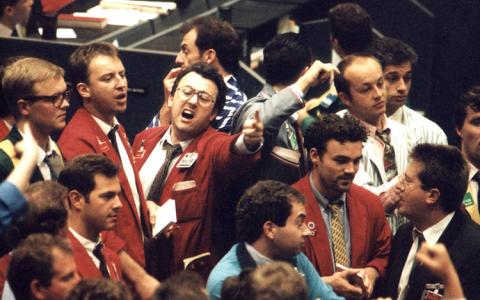
Exchange-traded funds (ETFs) have become an increasingly popular investment vehicle among both individual and institutional investors. Understanding how to execute ETF trades efficiently is crucial for maximizing the benefits of intraday trading. This article seeks to simplify the complexities of the ETF market, clarify the concept of liquidity, and outline practical trading strategies to help investors make informed decisions.
ETF Market
The ETF market is a complex ecosystem that includes various parties and processes that facilitate the trading and operation of these investment vehicles.
ETF issuers, the fund company who design and manage ETFs, and investors, are at both ends of the market structure, while other key components stand in between playing various roles and functions.
Market makers are specialized firms or entities that facilitate ETF trading by continuously quoting bid and ask prices for ETF shares on stock exchanges. They are essential for providing liquidity, narrowing bid-ask spreads, and ensuring investors may buy or sell shares at fair prices. Additionally, market makers may engage in arbitrage activities to profit from discrepancies between ETF prices and the value of their underlying assets.
Another important component to the ETF market is Authorized Participants (APs), which are specialized financial institutions that may also be market makers or brokerage firms. APs play a critical role in the creation and redemption process of ETF shares. They create new shares by delivering a basket of underlying securities to the ETF issuer or redeem existing shares by returning them to the issuer. This process helps keep the ETF’s market price close to its net asset value (NAV).
The creation and redemption of ETF shares occur in the primary market, ensuring that the supply of ETF shares may be adjusted to meet investor demand. In the secondary market, ETF shares are traded among investors on stock exchanges, similar to individual stocks. Market makers and other liquidity providers facilitate the trading by quoting bid and ask prices and providing necessary liquidity.
Continued in the PDF version at PacerETFs.com



